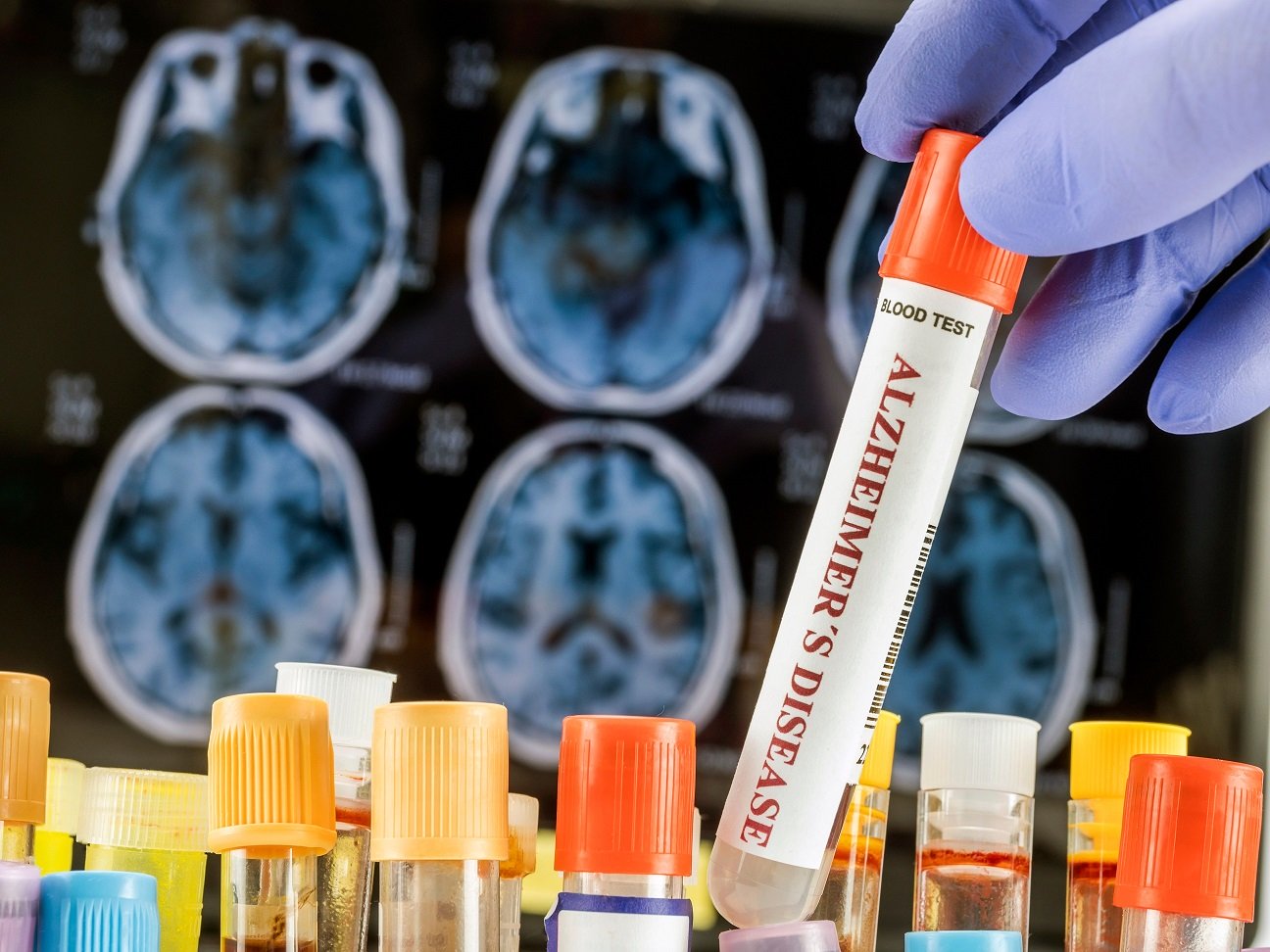
Alzheimer’s Disease: An Overview and Introduction to Early Detection Tools
This article provides a general overview of Alzheimer’s disease, followed by an introduction to tools and tests for its early detection. Given the importance of examining the details of diagnostic tests for Alzheimer’s, subsequent articles will provide more detailed introductions to each of these tools and their features. They will discuss the role of technology in the design of diagnostic tests for Alzheimer’s in the elderly. This introduction aims to familiarize the reader with traditional tools in this field, as well as to introduce the Alzheimer’s software designed by the Living Maple team.
Contents
Aging and Alzheimer’s Disease
The global population of older adults is growing at an alarming rate. Therefore one of the major challenges facing this population is dementia, a syndrome characterized by a decline in cognitive function, including memory, language, and problem-solving skills. The most common type of dementia is Alzheimer’s disease (AD). AD is a progressive, irreversible brain disorder that gradually destroys memory and thinking skills, and even the ability to perform simple tasks. It initially affects the parts of the brain that control memory and language and eventually spreads to other parts of the brain. As this happens, more symptoms appear and the disease worsens. AD is a major cause of disability and death among older adults and has a significant impact on their daily lives.

Early Diagnosis of Alzheimer’s Disease
Early diagnosis of Alzheimer’s disease can help patients slow the progression of the disease by modifying their lifestyle and habits. Various methods have been developed to diagnose AD at different stages of its progression. A doctor may recommend a cerebrospinal fluid (CSF) examination to aid in diagnosis. Amyloid and tau proteins can be measured in the CSF, and the ratio of these proteins can help determine the presence of AD. In most cases of AD, a CSF examination is not necessary, but it may be useful in unusual or rapidly progressive cases. In addition to a CSF examination, a physical examination is performed to assess the overall health of the nervous system and diagnose AD. This includes tests such as reflexes, coordination, muscle strength, ability to stand or walk, vision and hearing, and balance.
Imaging Techniques in Alzheimer’s Diagnosis
Magnetic Resonance Imaging (MRI) utilizes magnetic fields and radio waves to produce detailed body images. In Alzheimer’s diagnosis, MRI measures brain region volumes, detects structural changes, and identifies amyloid plaques and tau tangles. Machine learning, a form of artificial intelligence (AI), enables computers to learn autonomously. Machine learning algorithms analyze large MRI image datasets to identify AD-related patterns, aiding more accurate and efficient diagnosis. Other imaging methods for Alzheimer’s disease diagnosis include Computed Tomography (CT) and Positron Emission Tomography (PET). CT utilizes X-rays to generate detailed body images, detecting brain structure changes like atrophy and infarction. PET employs radioactive tracers to gauge brain metabolic activity, identifying amyloid plaques, tau tangles, and functional brain alterations.

Cognitive Assessment Methods
Professionals commonly employ cognitive assessment methods, which evaluate individuals’ performance across various domains such as attention, memory, language, and reasoning. These methods utilize paper-and-pencil as well as computer-based tests. These tools help identify individuals warranting further evaluation, with some tests being brief while others are more time-consuming. Neuropsychologists often administer comprehensive cognitive, functional, and behavioral tests to assess executive function, judgment, attention, and language. The Stroop test, the Mini-Mental State Examination (MMSE), and the Mini-Cog test are among the recognized and utilized cognitive assessment tools in clinics.
Challenges and Opportunities in Elderly Screening
As people age, they experience declines in physical, cognitive, and psychological abilities, increasing the need for simple dementia screening tests. Accessing tools for early Alzheimer’s detection and MCI to Alzheimer’s conversion assessment is challenging. Older adults must leave their homes for evaluation, which poses difficulties for those with physical disabilities. Traditional screening tests are time-consuming, taxing older adults’ patience and abilities, potentially biasing results. Additionally, the high cost of specialist visits burdens older adults. Smartphones enable affordable dementia screening through mobile apps and gamified tests for older adults.

Final Words
Older adults face challenges in social, physical, psychological, and cognitive health. Dementia, especially Alzheimer’s, poses a significant cognitive challenge. Yet, improved diagnostic methods enable early detection and better symptom management. Acknowledging the global aging trend, the Living Maple team strives to develop an inclusive Alzheimer’s diagnosis method.
Author: Nasibeh Sarami
Living Maples’ Cognitive Assessment Advisor
Geriatric Psychologist